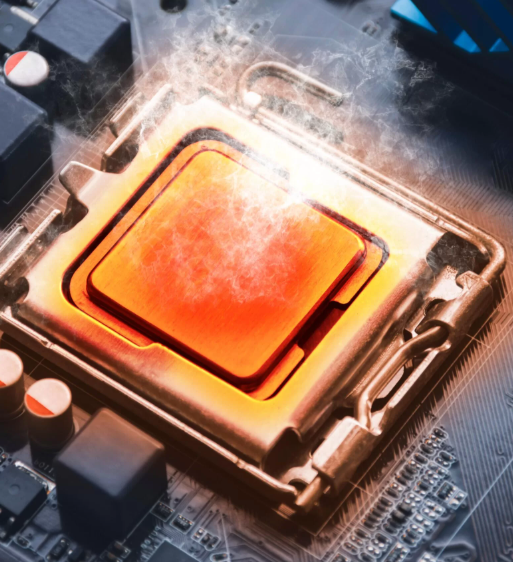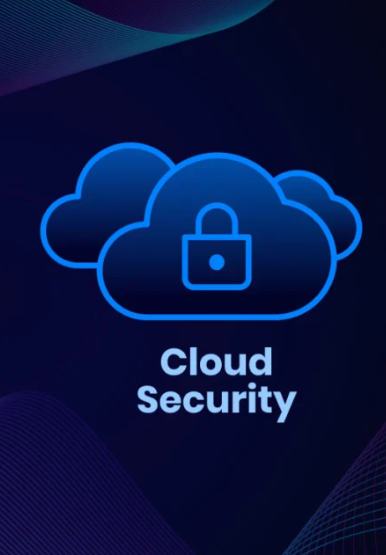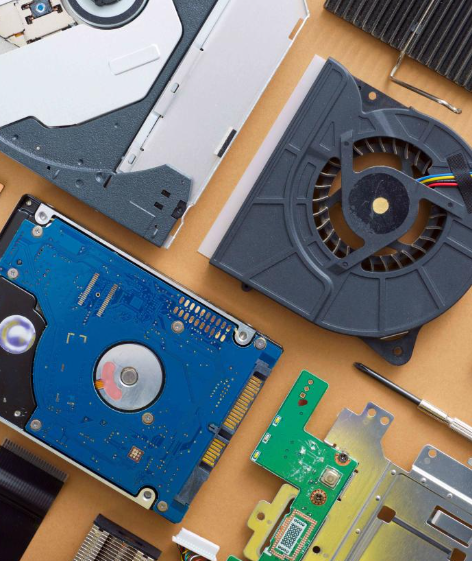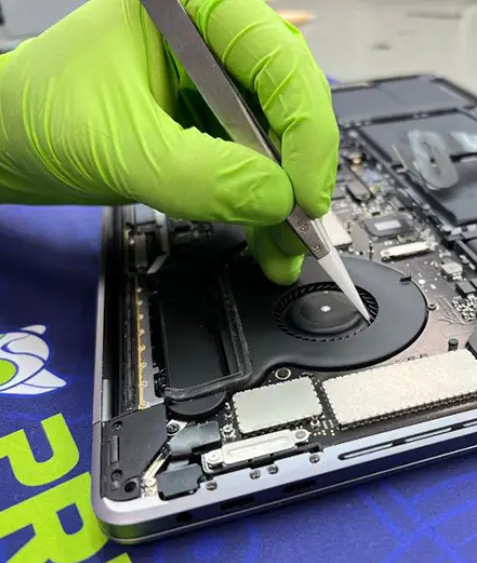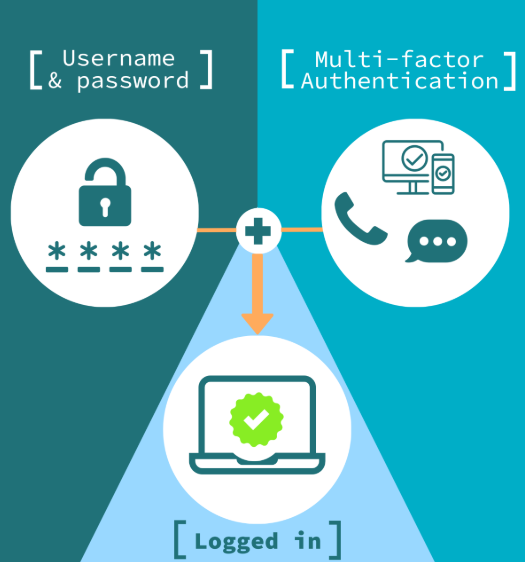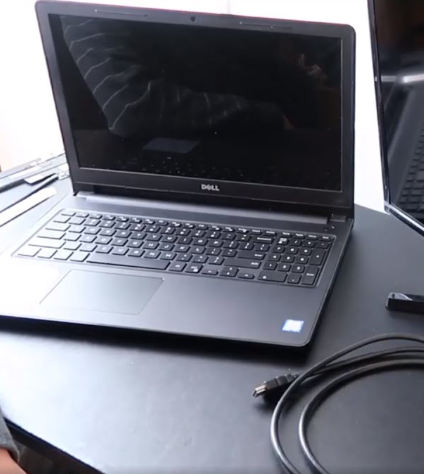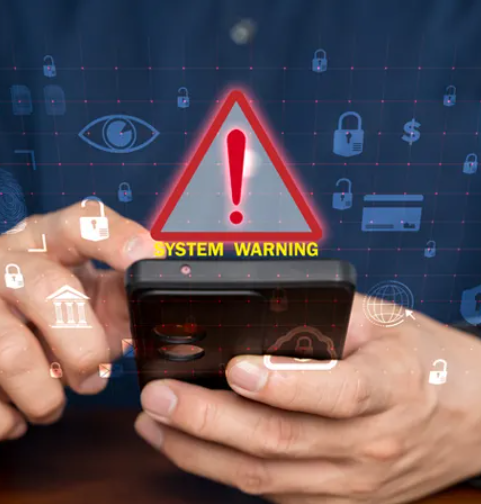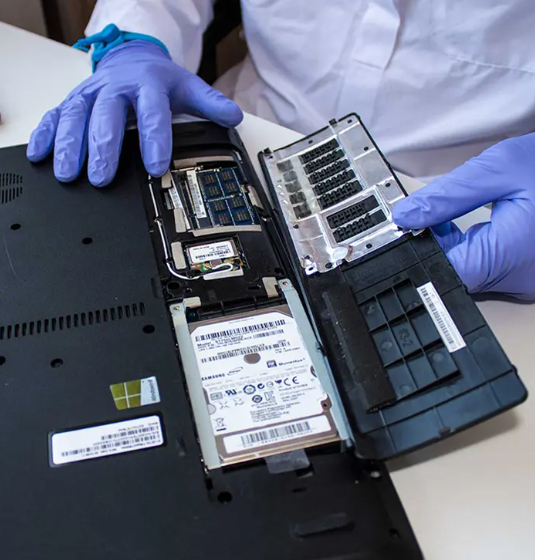
In today’s digital age, technology is an essential part of our daily lives, seamlessly supporting our work and enabling businesses to thrive. When everything is running smoothly, we tend to take it all for granted. However, a small glitch—whether it’s a frozen screen or an unresponsive program—can disrupt the flow of work. While these minor issues may seem insignificant at first, they can quickly escalate into bigger problems, potentially putting your business at risk.
In this blog, we’ll explore how seemingly small tech issues can snowball into major disasters for your business, and offer tips on how to avoid such pitfalls.
Recognizing the Difference: Minor Inconvenience or Major Warning?
Not all glitches are created equal. Some are simple annoyances that can be brushed off, while others are clear indicators of more severe underlying issues. It’s essential to differentiate between the two in order to prevent costly disruptions.
Minor Glitches: These are typically harmless and can be easily managed. Examples include slow performance due to high CPU usage or the occasional software crash. While these issues can be irritating, they usually don’t affect critical functions and can often be resolved with a quick reboot or software update.
Serious Issues: On the other hand, there are certain glitches that should not be ignored. Frequent system crashes, data corruption, or error messages that refer to vital system components can be signs of deeper issues, such as hardware failure or malware infections. Issues like these can lead to significant data loss, system crashes, or even security breaches. For example, if you encounter the dreaded “Blue Screen of Death” (BSOD) regularly, it’s time to take action before it leads to more severe consequences.
The Hidden Costs of Ignored Glitches
Even small glitches can have a long-term impact on your business operations. When something as simple as a slow computer or an unreliable printer becomes an ongoing issue, it can slow down productivity, frustrate employees, and lead to delays. Over time, these minor inconveniences add up, affecting everything from meeting deadlines to overall business performance. A slow network connection, for instance, can disrupt cloud services, reduce employee efficiency, and ultimately affect your bottom line.
Additionally, ignoring tech problems can result in much bigger risks, such as data loss or security vulnerabilities. A malfunctioning hard drive can lead to the permanent loss of essential data, while a software bug might corrupt your database. Ransomware attacks can lock your files and demand payment to release them, putting you at risk for significant financial loss. Cybercriminals are constantly searching for weaknesses, and neglecting even minor glitches could open the door for a serious breach.
The Business Impact of Tech Failures
Tech problems can damage your business’s reputation and erode customer trust. In a world where news of data breaches or system outages spreads quickly, one security incident could tarnish your brand image for good. Disruptions in service, delayed responses, and the loss of customer data can lead to a decline in client confidence. Imagine how frustrating it would be for customers if your online store went down due to server issues—they’d likely turn to competitors for their needs.
Beyond the external impact, IT failures can lead to internal struggles too. Problems like outdated software, misconfigured firewalls, or unpatched security vulnerabilities make it easier for hackers to exploit your systems. This opens the door to costly data breaches, legal issues, and financial penalties.
How to Prevent Tech Disasters: The Power of Proactive IT Support
To safeguard your business from technology-related crises, it’s crucial to invest in proactive IT management. Routine system checks, software updates, and security patching are all essential to keep things running smoothly. With the right approach, you can avoid minor glitches from snowballing into major disasters.
Remote monitoring tools allow you to keep track of system health, including disk space, security events, and performance metrics. By addressing potential issues early, you can mitigate risks and ensure your business operates without interruptions. Regular software updates and patching also play a vital role in protecting against emerging threats.
A proactive IT strategy doesn’t just address the immediate problems; it also ensures that your systems are optimized for long-term success. Whether it’s troubleshooting a software issue, replacing faulty hardware, or implementing stronger security measures, a hands-on approach will keep you one step ahead of potential threats.
Why You Need a Reliable IT Partner
Having a dependable IT service provider is one of the best ways to ensure your business is protected from unexpected disruptions. Experts can help you implement the right IT strategy, navigate complex technological challenges, and stay ahead of trends in cybersecurity. They’ll assess your current infrastructure, identify vulnerabilities, and develop a tailored IT plan that minimizes the risk of future problems.
Conclusion
Small technical glitches should never be underestimated. Even minor issues, when left unchecked, can lead to severe consequences for your business. By understanding the difference between a simple inconvenience and a critical warning sign, you can take the necessary steps to prevent a potential disaster. Proactive IT support, including regular monitoring and timely updates, will help safeguard your business from the hidden dangers of neglected tech problems, ensuring smooth operations and continued growth.

























